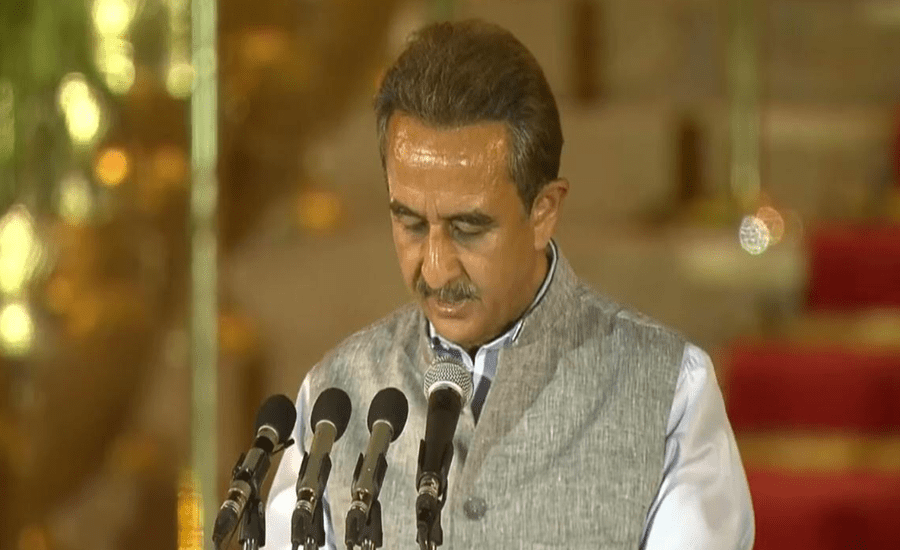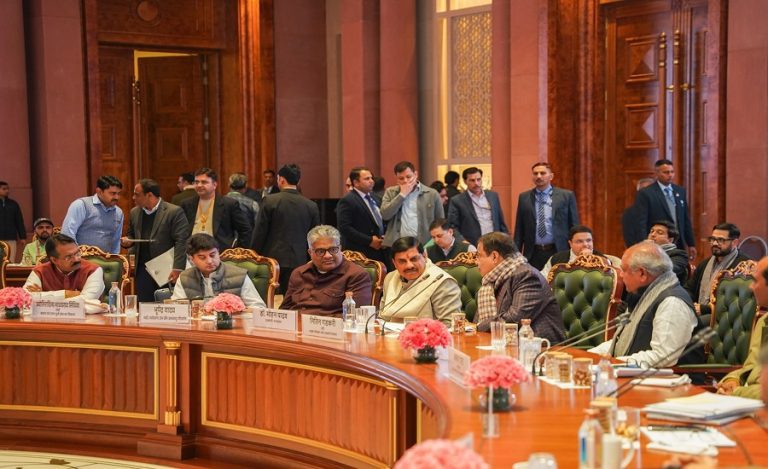Union Minister of State for Environment, Forest and Climate Change, Mr. Kirti Vardhan Singh, informed the Lok Sabha in a written reply that human-wildlife conflict continues to be a concern in many parts of the country. While comprehensive national data on such incidents is not maintained at the Ministry level, several proactive steps have been taken by the Central Government to manage and mitigate these conflicts.
Advisory Issued to Address Conflict Hotspots
In February 2021, the Ministry issued a detailed advisory to states outlining measures to handle human-wildlife conflict. The advisory recommended a coordinated interdepartmental approach, identification of conflict hotspots, establishment of rapid response teams, and formation of committees at the state and district levels to oversee quick disbursement of ex-gratia relief. The Ministry emphasized that relief in cases of death or injury should ideally be paid within 24 hours.
Guidelines to Address Crop Damage
On June 3, 2022, the Ministry issued additional guidelines to states and Union Territories focusing on the prevention of crop damage by wild animals. States were encouraged to use the Pradhan Mantri Fasal Bima Yojana (PMFBY) to provide add-on coverage for losses caused by animal attacks. Furthermore, the guidelines promote the cultivation of unpalatable crops, adoption of agroforestry models with cash crops such as chillies, lemon grass, and khus, and the implementation of alternative cropping strategies in vulnerable areas.
Species-Specific Measures Introduced
To enhance preparedness, species-specific guidelines were issued on March 21, 2023. These target human-wildlife conflicts involving elephants, leopards, gaurs, snakes, crocodiles, rhesus macaques, wild pigs, bears, blue bulls, and blackbucks.
Financial Assistance and Protective Infrastructure
The Central Government extends financial support to states and UTs under schemes such as ‘Development of Wildlife Habitats’ and ‘Project Tiger and Elephant.’ These funds cover compensation for losses, as well as the construction of protective infrastructure like solar-powered fences, barbed wire barriers, bio-fencing, and boundary walls to prevent wildlife intrusion into human habitats.
Legal Provisions and Conservation Framework
Under Section 11 of the Wild Life (Protection) Act, 1972, Chief Wildlife Wardens in states are authorized to permit the hunting of Schedule I and II animals if they pose a threat to human life or property. Additionally, the Ministry has issued planning guidelines for the management of protected areas under Section 33 of the same Act.
Capacity Building and Public Awareness
The Ministry supports capacity building of forest department staff through institutions like the Wildlife Institute of India and SACON. These include training in modern technologies and early warning systems. State governments also conduct awareness campaigns using various media platforms to educate the public on coexisting with wildlife.
This comprehensive response from the Centre aims to balance wildlife conservation efforts with the safety and livelihood of people residing near forested and wildlife-rich areas.
Also Read: Jharkhand Launches Mining Tourism with New JTDC–CCL Partnership – Here’s All You Need To Know



























